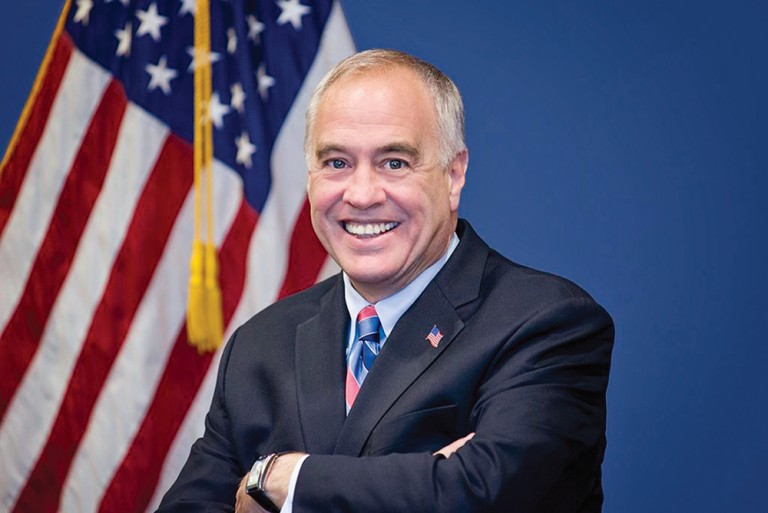By Forum Staff
NYC is planning significant steps to reduce city-funded spending by as much as 15 percent in response to substantial budget gaps fueled by escalating costs in the years ahead. However, the City’s ability to cut spending is limited to what it has discretion and control over, according to a recently released report by State Comptroller Tom DiNapoli.
The report urges the city to use greater transparency for nondiscretionary costs that it does not have direct control over to help the public, policymakers and its funding partners understand what’s at stake.
Given the size of the mayor’s plan to trim costs, the report cautions that certain services will likely be adversely impacted, and previously planned service expansions could be jeopardized. The city has benefited in recent years from higher-than-projected revenue collections and slower growth in non-discretionary spending, but these favorable fiscal conditions may not last.
As of City Fiscal Year 2022, approximately 40 percent of the City’s spending was nondiscretionary. These costs, which the city has little ability to change, include pensions, fringe benefits, Medicaid, debt service, public assistance and other legally or contractually-required payments. Nondiscretionary spending rose to $41.6 billion in FY 2022, an increase of $7.4 billion from FY 2015. As a share of total funds, however, this spending has declined from 43 percent to 38 percent over the same time period, reflecting a slowdown in the annual growth in pension contributions as well as the state’s takeover of growth in the local share of Medicaid.
The declining share has allowed the city to allocate funding for services where it has greater control over spending, including those that are legally required. These include basic municipal services such as education, public safety, and sanitation, as well as cultural events, 3-K education services, and the Fair Fares program. DiNapoli estimates that the share of the FY 2024 budget that is controllable accounts for more than three-fifths of projected spending for that year (about $69 billion, excluding budgetary reserves). About 40 percent of the controllable spending is allocated to education and another third is split between social services and the uniformed agencies.
The report also identifies some expenses as “quasi controllable,” where spending may be legally or contractually required, but the city can potentially exert some control. However, current operational needs, or a lack of lower-cost alternatives, have historically prevented the city from avoiding unplanned city-funded costs. These include services for asylum seekers, educational costs related to special education, charter schools, and transportation, the Family Homeless and Eviction Prevention Supplement Program, and overtime. The largest parts of that quasi-controllable spending, as a share of total spending, has risen from 5.5 percent in FY 2015 to 8.7 percent in FY 2023 and is expected to increase during the financial plan period.
“While the City’s financial condition entering this fiscal year was strong, unfunded programs and the unprecedented influx of asylum seekers poses very real fiscal and operational challenges,” DiNapoli said. “The City is limited in where it can make adjustments, and all stakeholders will benefit if it makes clear what can actually be changed and where cuts are likely to impact them.”
DiNapoli recommended that the City use its previous recessionary experience to assess its nondiscretionary and controllable costs and include actions it could implement to fully fund projected spending over the financial plan period to achieve structural balance.

